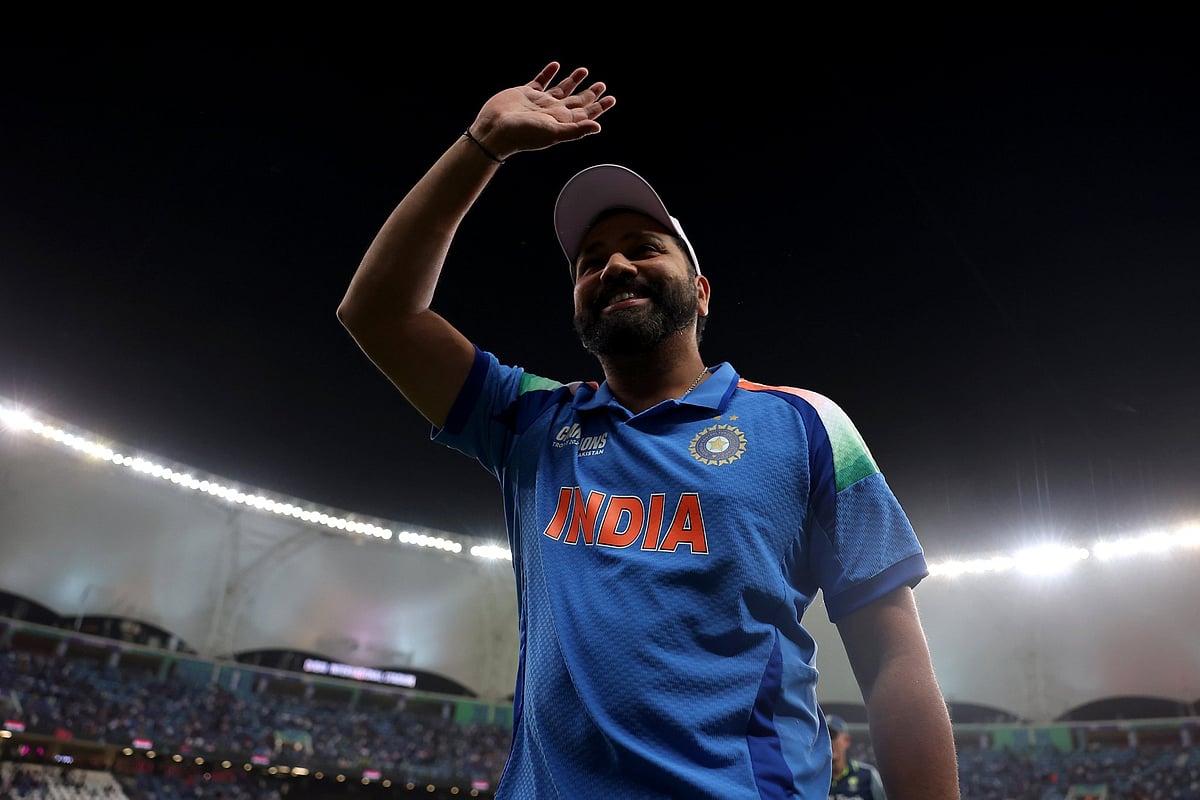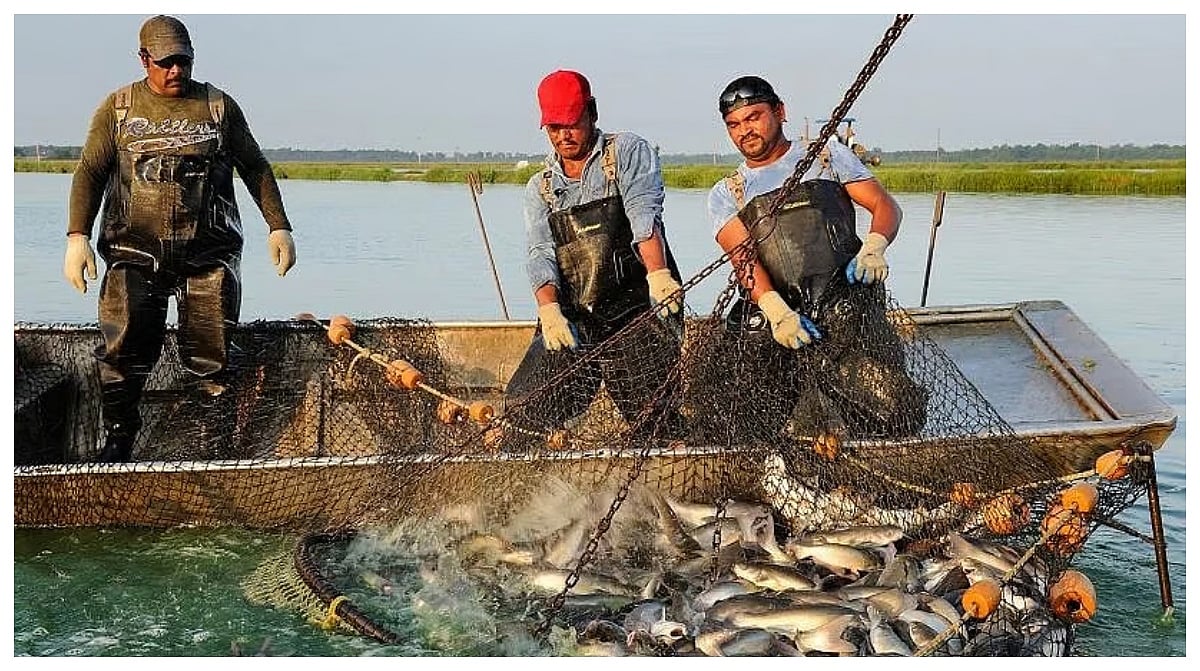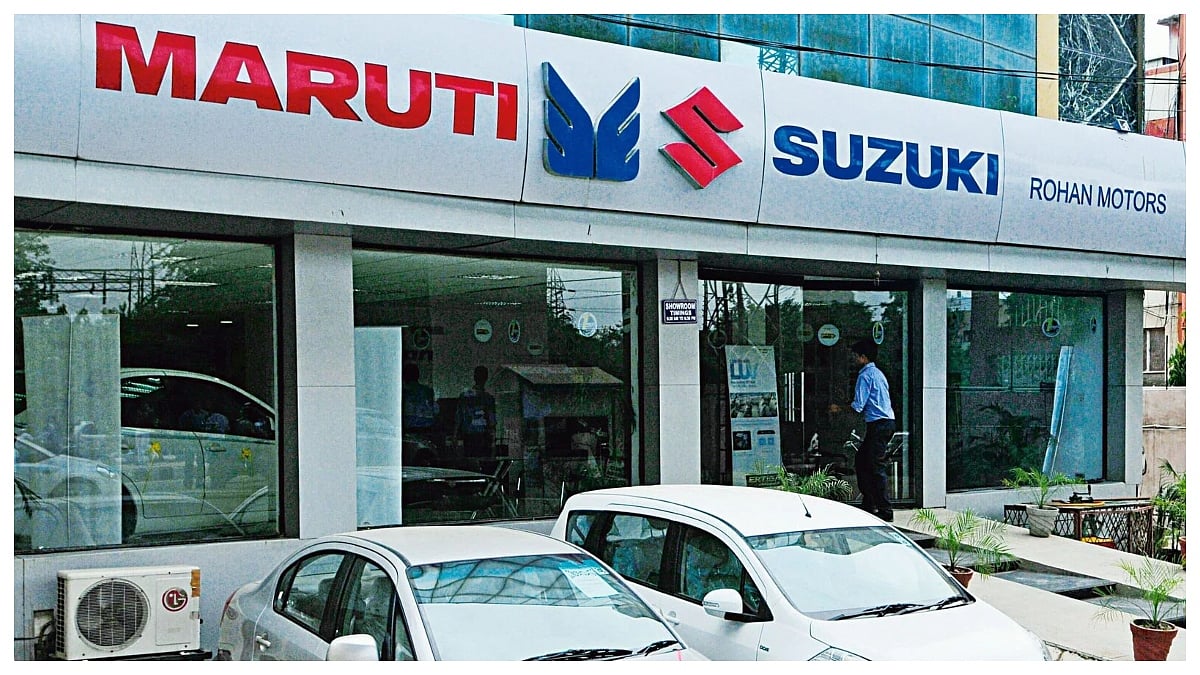The moderation of bad loans of commercial banks which started after hitting the peak in March 2018 has continued despite the Covid-19 related stress, mainly due to regulatory dispensation, the Reserve Bank of India said.
In the Trends and Progress report published on Tuesday, RBI said schedule commercial banks’ gross non-performing assets (GNPA) ratio declined from 9.1 per cent at end-March 2019 to 8.2 per cent at end-March 2020 and further to 7.5 per cent at end-September 2020.
The improvement in the asset quality was driven by lower slippages which declined to 0.74 per cent in September 2020 and resolution of a few large accounts through the Insolvency and Bankruptcy Code (IBC). Fresh slippages remained the highest among the public sector banks.
“The modest GNPA ratio of 7.5 per cent at end-September 2020 veils the strong undercurrent of slippage,” the report said adding accretion to NPA would have been higher in absence of an asset standstill that was provided by the regulator as a relief to the economic stress due to Covid-19 pandemic.
“…the asset quality of the banking system may deteriorate sharply, going forward,” RBI said.
According to the report, the reduction in NPAs during the year was largely driven by write-offs. “NPAs older than four years require 100 per cent provisioning and, therefore, banks may prefer to write them off. In addition, banks voluntarily write-off NPAs in order to clean up their balance sheets, avail tax benefits and optimise the use of capital,” RBI said.
Bank’s capital position also strengthened with capital adequacy ratio of scheduled commercial banks improved from 14.3 per cent at end-March 2019 to 14.7 per cent at end-March 2020 and further to 15.8 per cent at end-September 2020. This was partly aided by recapitalisation of public sector banks and capital raising from the market by both public and private sector banks.
Net profits of SCBs also turned around in 2019-20 after losses in the previous two years, RBI observed. In the first half of 2020-21 the financial performance was shored up by the moratorium, standstill in asset classification and ploughing back of dividends.










